5 Facts for World Lion Day
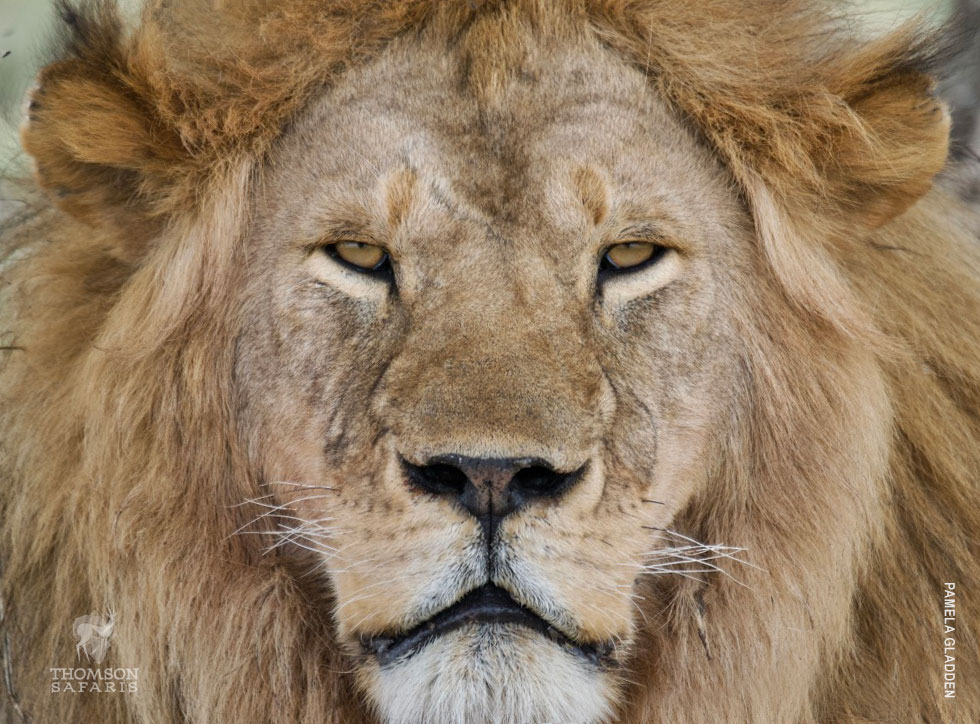
The king of the jungle is largely considered the most iconic creature in Africa. It’s the biggest cat on the continent, the Serengeti’s reigning apex predator and a safari’s main attraction.
In celebration of World Lion Day, here are a few facts you might not have known about Panthera leo.
1. Lions Call Tanzania Home
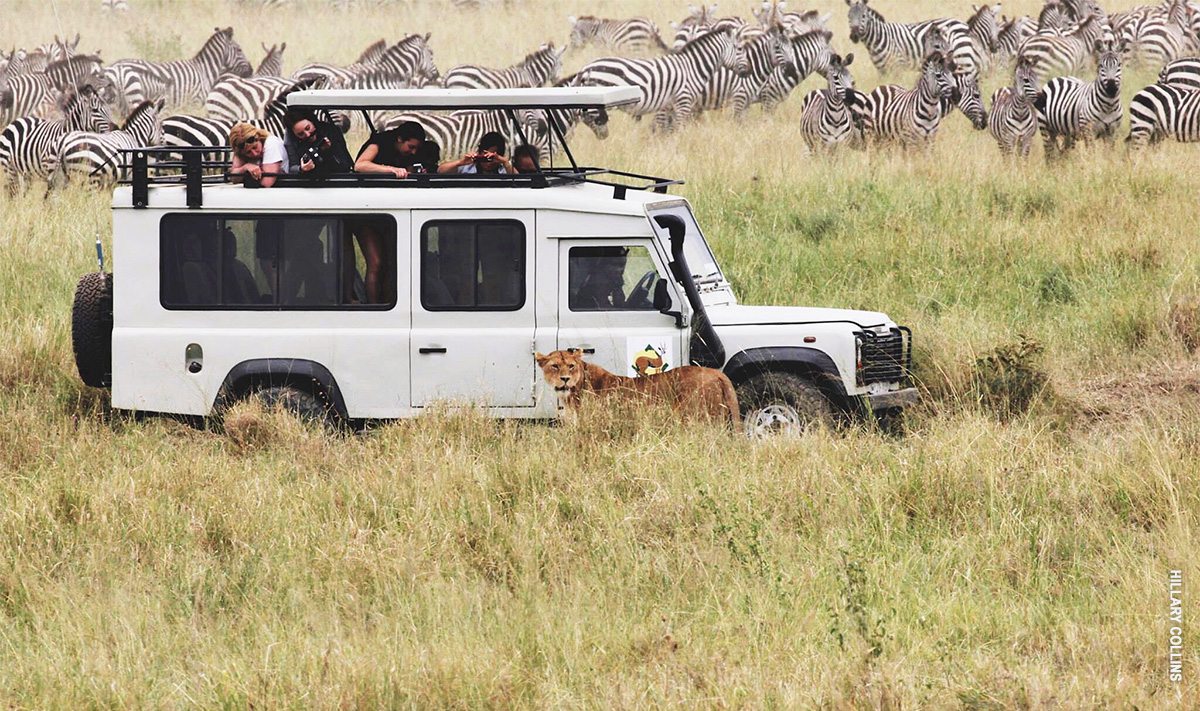
Tanzania is home to more lions than Kenya, South Africa, Botswana, Zimbabwe, Zambia and Namibia combined. Two Tanzanian parks are particularly important to the species.
Serengeti National Park is considered “ideal big cat country” largely because it’s home to an estimated 3,000 lions. That’s more than the entire lion population in Kenya.
A little way south of the Serengeti, Ngorongoro Crater hosts the densest known population of lions on the planet.
2. A Lion’s Roar is 25 Times Louder than a Gas-powered Lawn Mower

Lions and tigers are the loudest roaring cats in the animal kingdom thanks to a variety of special biological traits. Its roar can reach 114 decibels. For context, the sound of a jackhammer or helicopter is around 105 decibels.
3. It’s the Only Social Cat
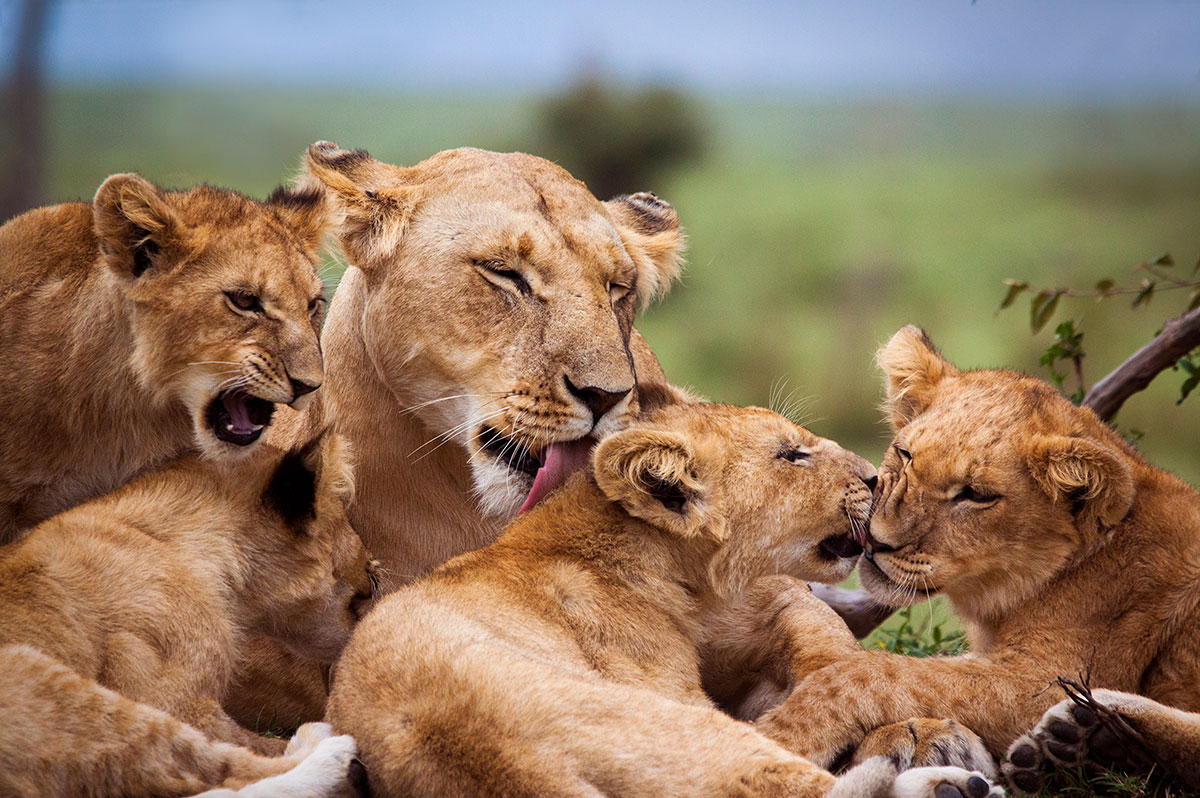
Male cheetahs often live in coalitions, and there is evidence of some female feral cats forming groups, but the lion is the only cat to live naturally in prides of up to 37 individuals. That includes up to four males and several generations of lionesses.
4. A Lion Can Eat 95 Pounds of Food in a Day
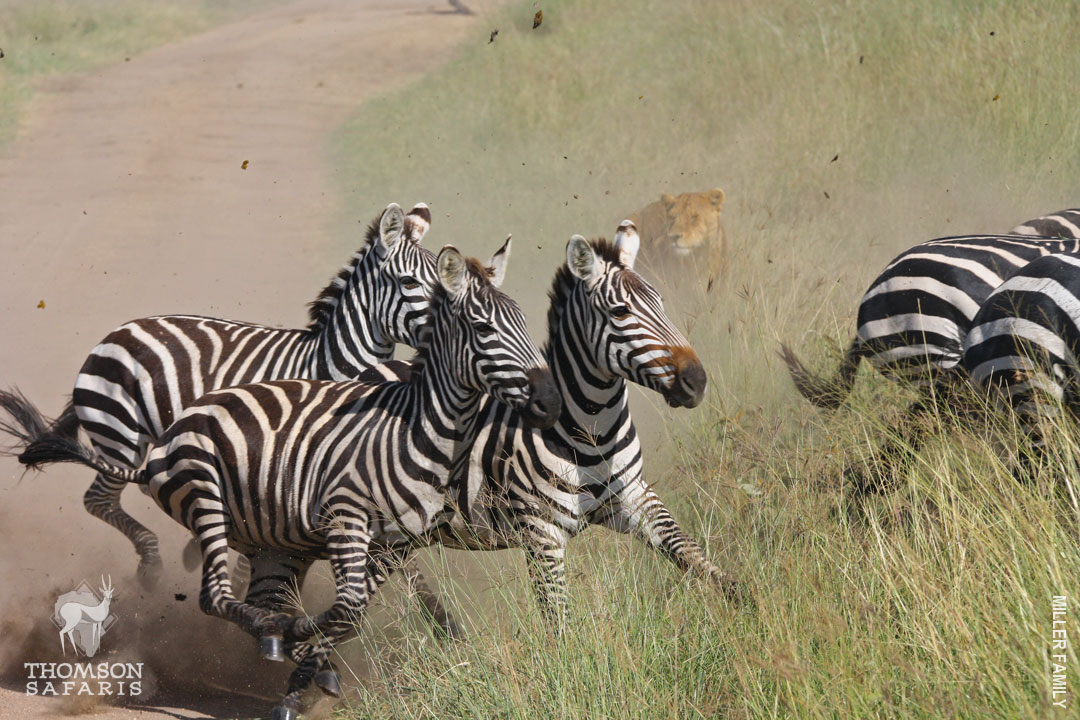
Despite its tremendous power and strength in numbers, hunting isn’t simple for lions. When a lion is lucky enough to take down a large kill, it will eat as much as possible, which is just shy of 100 pounds in a day for a male lion.
5. Roughly 23,000 Lions Remain in the Wild
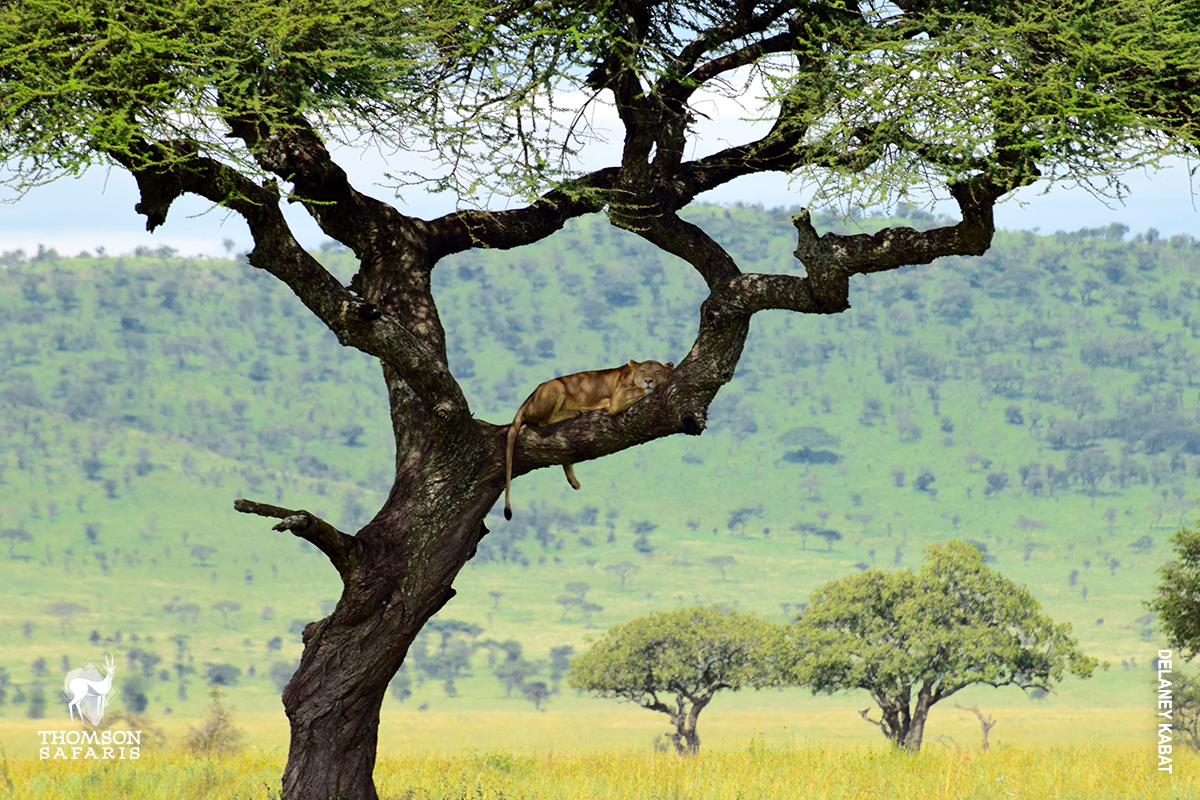
Despite passionate efforts to protect lions, habitat loss, poaching and hunting continue to drive down populations. The worldwide lion population dropped by 43 percent in the last 21 years, and more than 200,000 lions lived in Africa just a century ago.
This is just one reason we work with the African Wildlife Foundation to help protect at-risk species and strictly abide by Leave No Trace ethics in Tanzania.

